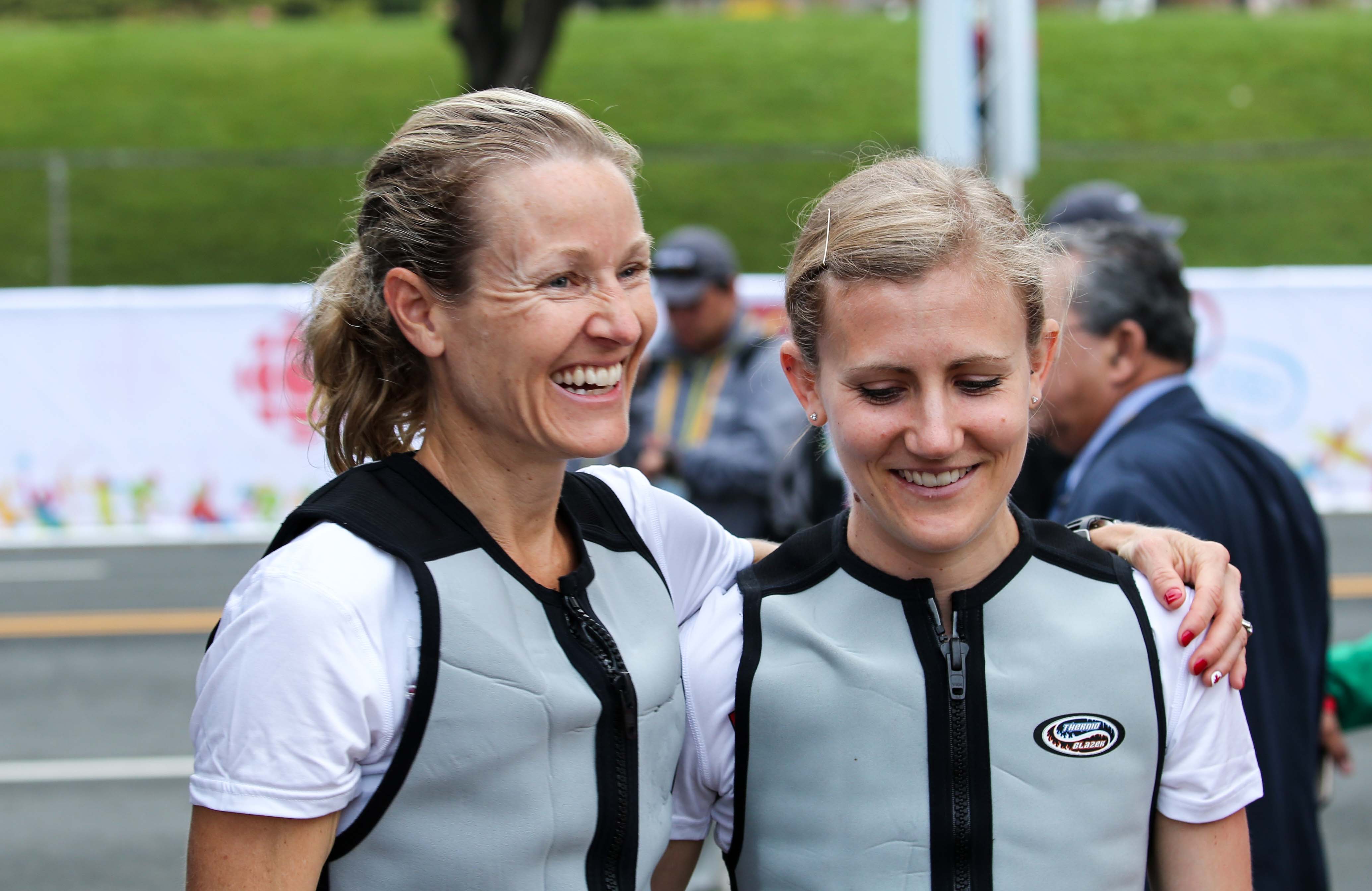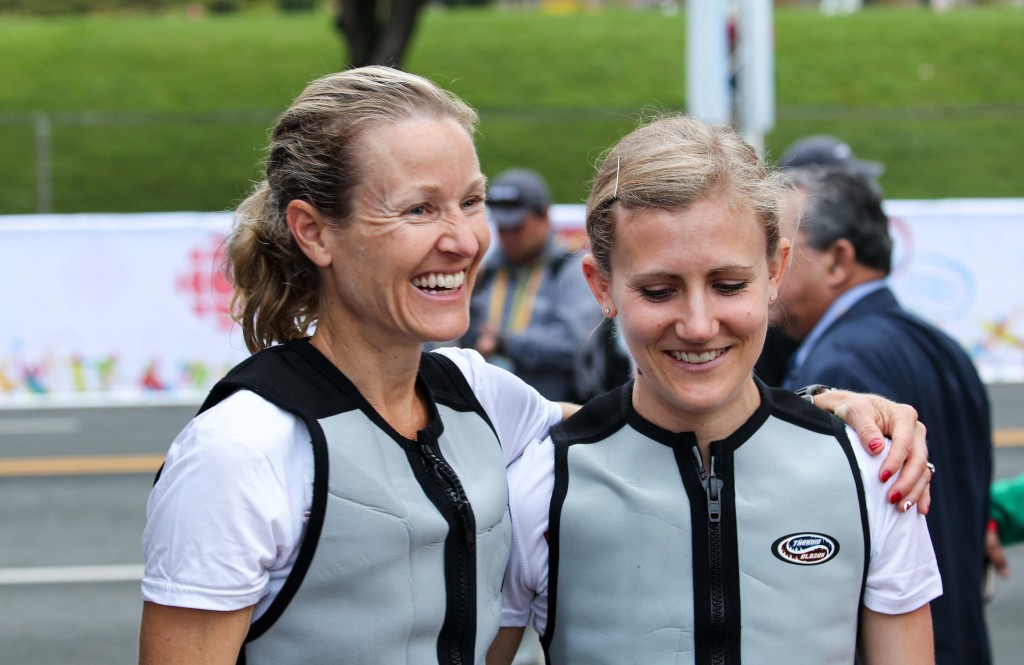Team Canada physiologist shares truth about running in humidity

The women’s Pan Am marathon was almost painful to watch as athletes suffered through heat, running in humidity much higher than you would ever want for a 42.2K. Any runner that has ever experienced a long run on a humid summer day can relate to the havoc it can wreak with your pace and comfort level.
We caught up with the physiology lead of the Canadian Sports Institute (Pacific), Trent Stellingwerff. A specialist in performance nutrition, with a bachelor of science in human nutrition and exercise Physiology at Cornell University and a Ph.D. from the University of Guelph in exercise and skeletal muscle physiology, Stellingwerff is a member of the Team Canada Integrated Support Team.
Below is our chat on what he has to say about running in extreme heat.
The sun is now out and the humidity is at 90% this is going to be a gruelling second half #Marathon #TO2015 pic.twitter.com/2zJqrFJnQe
— CanadianRunning (@CanadianRunning) July 18, 2015
Canadian Running: How much does it matter what a runner eats the day before a hot and humid race?
Trent Stellingwerff: In short, what you eat, in terms of food, can have an impact, but nowhere near the importance of what you drink. The most critical part of hydration strategy takes place on race day, but the day before is important too. The day prior, athletes should aim to be well hydrated based on their own individual needs. There is no set number that works for everyone. Depending on an athlete’s size, activity level and the weather, hydration needs the day before can vary from 1.5 to four litres. The best thing to do is just to have athletes aim for pale yellow urine. However, a lot of athletes are type-A [chuckles] and tend to assume that more is always better. In the case of pre-race hydration, it isn’t. If they’re going to the bathroom frequently and their urine is clear, they’re overdoing it and putting themselves at risk of sodium depletion, a condition known as hyponatremia.
CR: How much does the heat and humidity impact a runner?
TS: There are actually a whole bunch of studies that can allow us to calculate how much the conditions are going to slow down the athletes. Knowing that, the biggest thing is for athletes to respect the heat. In the women’s marathon, they went out pretty cautiously and that was definitely a smart move based on the conditions. On paper, it looks like Rachel Hannah and Catherine Watkins were well off their times, but in reality, their performances were pretty great for the conditions. Ideal marathoning temperature is around 11-12 degrees celsius.
my calculations on #PanAm2015 Women’s Marathon, 27C (humidex) suggests ~6 – 8min slower today -so great job @RachelHannahRD & @runmommaster
— Trent Stellingwerff (@TStellingwerff) July 18, 2015
CR: What is the day-of strategy to help runners beat the heat?
TS: At the start of the women’s marathon, we had ice vests that the runners could wear so that they’d start off feeling as cool as possible. In the race walk, we had ice hats at each of the aid stations, so the athletes could switch for fresh cool ones every couple of Ks. The athletes that I work with, they know their own bodies, their sweat rates and have a plan for how much fluid they need to take in on the course, but still, when it’s hot out, they can end up losing a significant amount of body weight from water loss.
The decathlon is starting tomorrow and since for that event we’ve got athletes that will be competing at different times, but staying out in the heat at the track all day, I bring a cooler filled with ice water with me and just periodically make sure that the athletes have one to keep their core temperature down. This is something that your average runner can do pretty easily. If you have to do a workout on a really brutal day, bring a cooler with you and if you’re doing intervals, drape a cool towel around your neck on each rest rotation. Keeping your temperature down will guarantee you a better workout.

CR: What’s the post-race strategy?
TS: If it’s a marathon race you’ve just finished, I would say have a lot of water and then get out for a beer with your buddies, you’re going to be wrecked for a few days anyways! But if it’s a long training run that you’ve been on and you need to be fresh in order to continue training the next day, obviously that isn’t a good plan. If that is a case, you should be taking in fluid that ideally contains both carbohydrate and sodium, cooling yourself down, getting out of the sun, etc.


